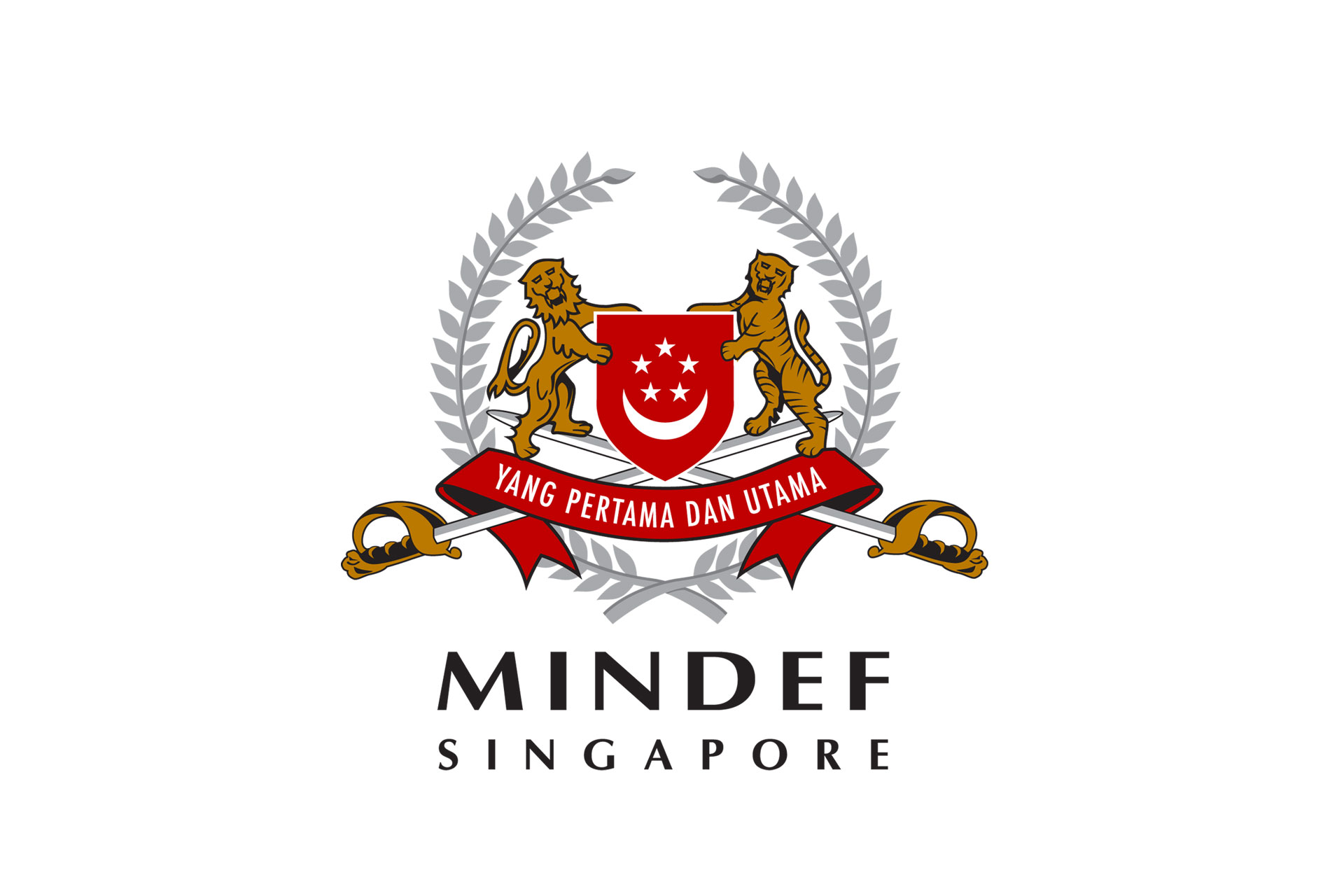
 New IPPT Format and Scoring System
New IPPT Format and Scoring System

BACKGROUND
Fitness is an important element of soldiering. The SAF constantly reviews our training system, including physical training regimes and physical fitness tests, to ensure that they are relevant and effective. From 1 Sep 2014, the SAF will launch a pilot implementation of a new and simpler Individual Physical Proficiency Test (IPPT) format, which will be accompanied by a new scoring system. The new IPPT is expected to be fully implemented across the SAF in 2015.
KEY FEATURES OF THE NEW IPPT FORMAT AND SCORING SYSTEM
New IPPT Format - A simpler three-station format to encourage personal ownership of fitness. The new format will comprise push-up and sit-up stations, and a 2.4km run. These three stations will measure the strength and cardiovascular fitness of our servicemen. This new and simpler format was designed to allow servicemen to train and maintain their fitness, without the need for specialised technique or equipment. Fitness is a personal responsibility. This simpler test format will further motivate our servicemen to take greater ownership of their fitness, and incorporate these exercises into their daily routine to maintain their fitness.
New IPPT Format
New IPPT Scoring System - To motivate personal excellence. The SAF will also introduce a new scoring system to accompany the new IPPT format. Servicemen will be allocated points for their performance in each of the three stations. The maximum points servicemen may earn for each station are 50 points for the 2.4km run station, and 25 points each for the Push Up and Sit Up stations. The maximum points a serviceman can achieve in the IPPT is 100. The points will be added together to form a final score, which will determine the serviceman's individual fitness standard. Similar to the current IPPT, servicemen will need to score the requisite points to Pass, Pass with monetary incentive, and to achieve the Silver and Gold IPPT awards. Active servicemen will continue to be held to a higher passing standard because fitness training is incorporated into their work and training routine. To ensure the high standards of our elite combat troops - Commando, Diver, and Guards will be held to a higher Gold IPPT standard.
This new scoring system will encourage servicemen to do their best for each of the stations. The better they perform in the stations, the more points they will be awarded. The flexibility of the new scoring system will motivate servicemen to exercise greater ownership on how they will train for their IPPT, allowing them to tap on their individual strengths to do well.
New IPPT Standards
Shorter age categories for a better performance-to-age match. As part of this physical fitness review, we will also shorten our age categories, from 5-year bands to 3-year bands. This shorter age categories allow us to better differentiate the different age groups of our servicemen, and is a better performance-to-age match. Instead of having to perform to the same standards in a five year age block, servicemen will perform to a new standard every three years. This shorter age category will be more sensitive to the effects of age on the physical fitness of our servicemen.
EXAMPLES
Age Group 3 Pass example. For a 25 to 27 year old NSman to achieve Pass he would be required to perform 16 Push Ups in 1 min (6 pts), 30 Sit Ups in 1 min (14 pts) and complete his 2.4km run in 12min 40s (31 pts). With this performance, he would accumulate a total score of 51 points, which would make him eligible for the Pass Award.
Age Group 6 Gold Award example. For a 34 to 36 year old serviceman aiming to achieve Gold award, he would be required to perform 35 Push Ups in 1 min (20 pts), 35 Sit Ups in 1 min (20 pts) and complete his 2.4km run in 10min 40s (41 pts). With this performance, he would accumulate a total score of 81 points, which would make him eligible for the Gold Award.
IMPLEMENTATION
Pilot implementation. Army will conduct a pilot implementation from Sep to Nov 14 to fine-tune the administration of the new IPPT. Selected Active and NS units will participate in this phase. At least 3,000 servicemen and servicewomen of different vocations and age groups will be represented in the pilot implementation.
